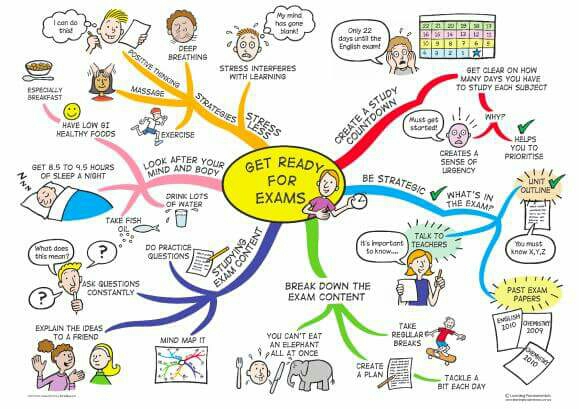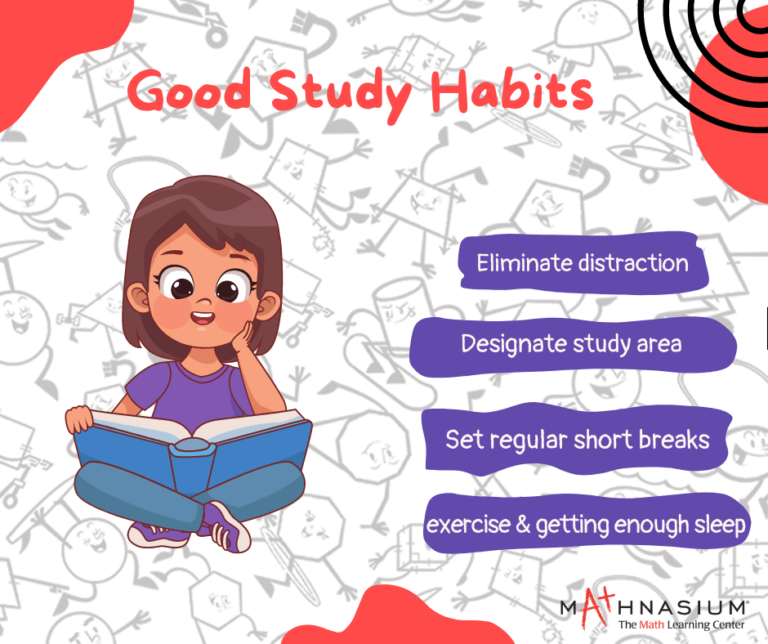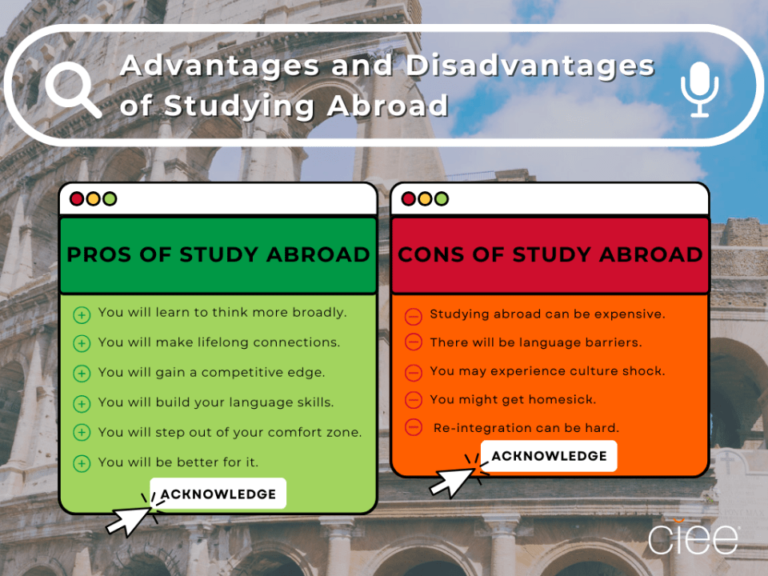Harnessing the Power of Curiosity in the Classroom
Curiosity is an intrinsic human trait that drives exploration, learning, and discovery. In the classroom, harnessing the power of curiosity can significantly enhance student engagement and academic achievement. By fostering an environment that encourages inquisitive thinking, educators can inspire students to become lifelong learners. This article explores the importance of curiosity in education, strategies to cultivate it, and the benefits it brings to both students and teachers.
The Importance of Curiosity in Education
Curiosity is the engine of learning. It drives students to ask questions, seek answers, and engage deeply with content. When curiosity is ignited, students are more likely to:
- Explore New Concepts: Curious learners are inclined to delve into new subjects, expanding their knowledge beyond the curriculum.
- Engage Actively: A curious mindset fosters active participation in discussions and collaborative projects.
- Develop Critical Thinking: Curiosity encourages students to analyze, evaluate, and synthesize information, leading to improved critical thinking skills.
The Benefits of Fostering Curiosity
1. Increased Engagement
Curiosity leads to higher levels of student engagement. When students are interested in what they are learning, they are more likely to participate actively and invest time and effort into their studies.
2. Enhanced Retention of Knowledge
Students who are curious tend to remember information better. When they connect with the material on a personal level, it becomes more meaningful, resulting in improved retention.
3. Development of Lifelong Learning Skills
Fostering curiosity helps cultivate a love for learning. Students who are encouraged to explore and inquire are more likely to seek knowledge throughout their lives, adapting to new challenges and changes in the world.
4. Improved Problem-Solving Skills
Curious students often become adept problem solvers. By exploring various approaches and questioning existing solutions, they develop innovative thinking skills that are crucial in today’s rapidly changing world.
Strategies to Cultivate Curiosity
3.1 Create an Inquiry-Based Learning Environment
Inquiry-based learning encourages students to ask questions and investigate topics of interest. Teachers can facilitate this by:
- Allowing students to choose projects based on their interests.
- Designing lessons that begin with thought-provoking questions.
- Encouraging exploration and research rather than rote memorization.
3.2 Encourage Questioning
Cultivating a questioning culture in the classroom is vital. Educators can:
- Model inquisitive behavior by asking open-ended questions.
- Create a safe space where all questions are welcomed and valued.
- Use “think-pair-share” activities to promote discussion and inquiry among peers.
3.3 Incorporate Real-World Problems
Linking lessons to real-world issues can spark curiosity. Teachers can:
- Present current events or challenges relevant to students’ lives.
- Engage students in projects that address community needs or global concerns.
- Encourage students to develop their solutions to these problems.
3.4 Use Technology and Interactive Tools
Technology can enhance curiosity by providing interactive and engaging resources. Educators can:
- Utilize multimedia presentations, simulations, and educational games.
- Encourage students to explore online platforms and resources for research.
- Use virtual field trips to expose students to new experiences and ideas.
3.5 Model Curiosity as an Educator
Teachers should embody curiosity themselves. By demonstrating a passion for learning, they can inspire students to adopt a similar mindset. This can include:
- Sharing personal experiences of curiosity and discovery.
- Discussing new interests and learning endeavors.
- Being open about their own questions and learning processes.
Assessing Curiosity in the Classroom
While curiosity may seem challenging to measure, there are various ways to assess its presence in students:
- Observation: Teachers can observe students’ engagement and participation during discussions and activities.
- Reflective Journals: Encourage students to maintain journals where they document questions, interests, and reflections on their learning.
- Student Feedback: Collect feedback through surveys or discussions about what excites students and how they prefer to learn.
Conclusion
Harnessing the power of curiosity in the classroom is essential for fostering a dynamic and effective learning environment. By encouraging inquisitive thinking and providing opportunities for exploration, educators can enhance student engagement, retention, and critical thinking skills. In an era where adaptability and lifelong learning are crucial, nurturing curiosity equips students with the tools they need to succeed. By embracing curiosity, both educators and students can embark on a journey of discovery that transforms education into an exciting and meaningful experience.





